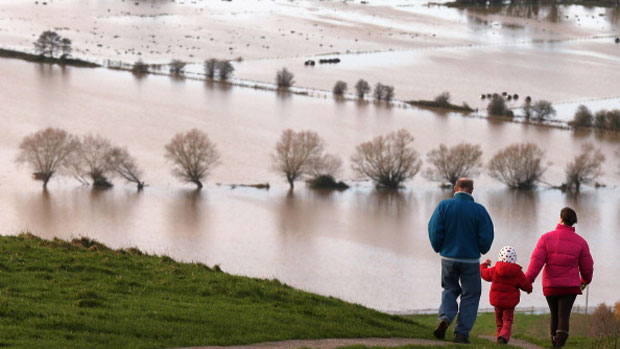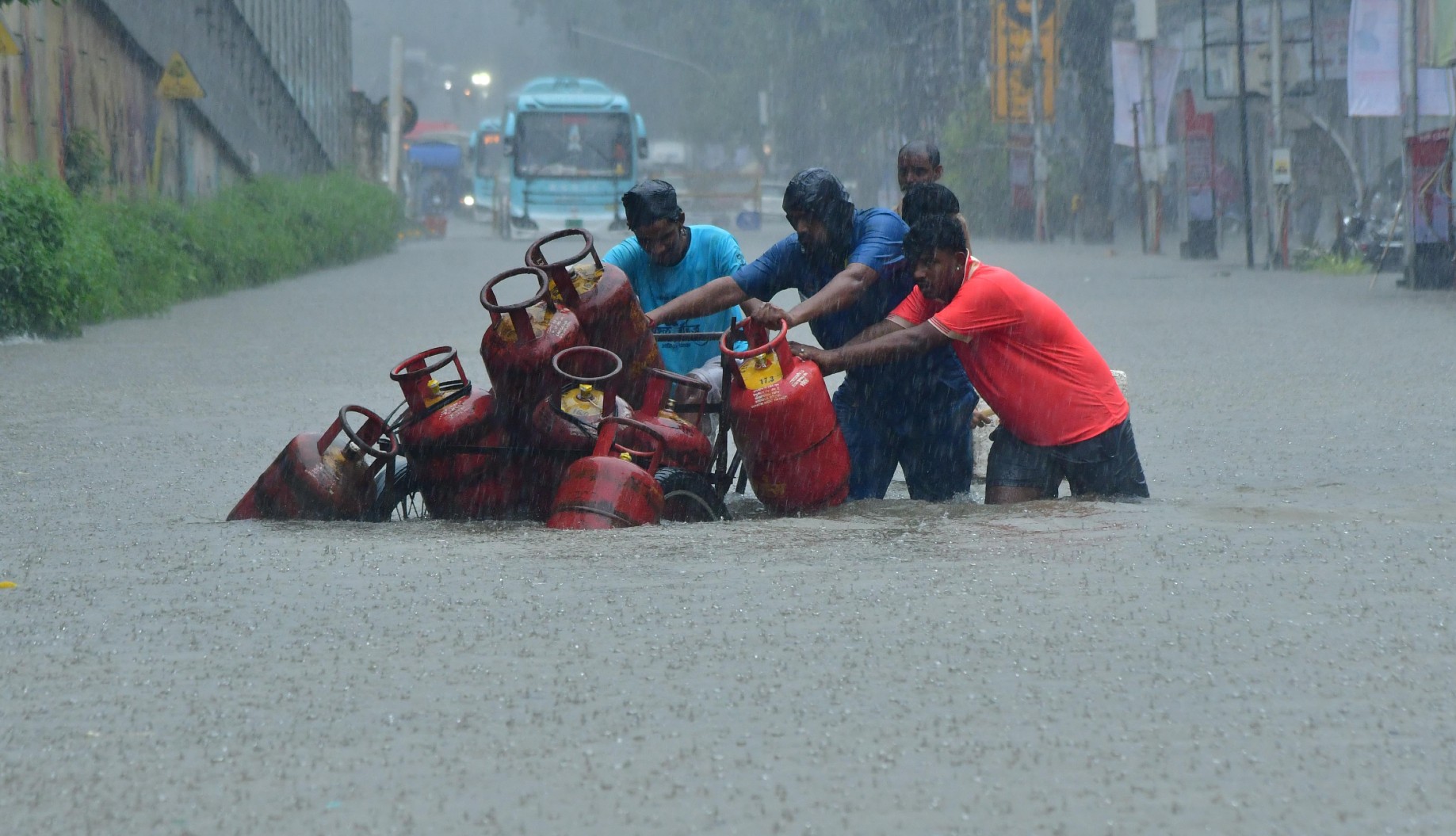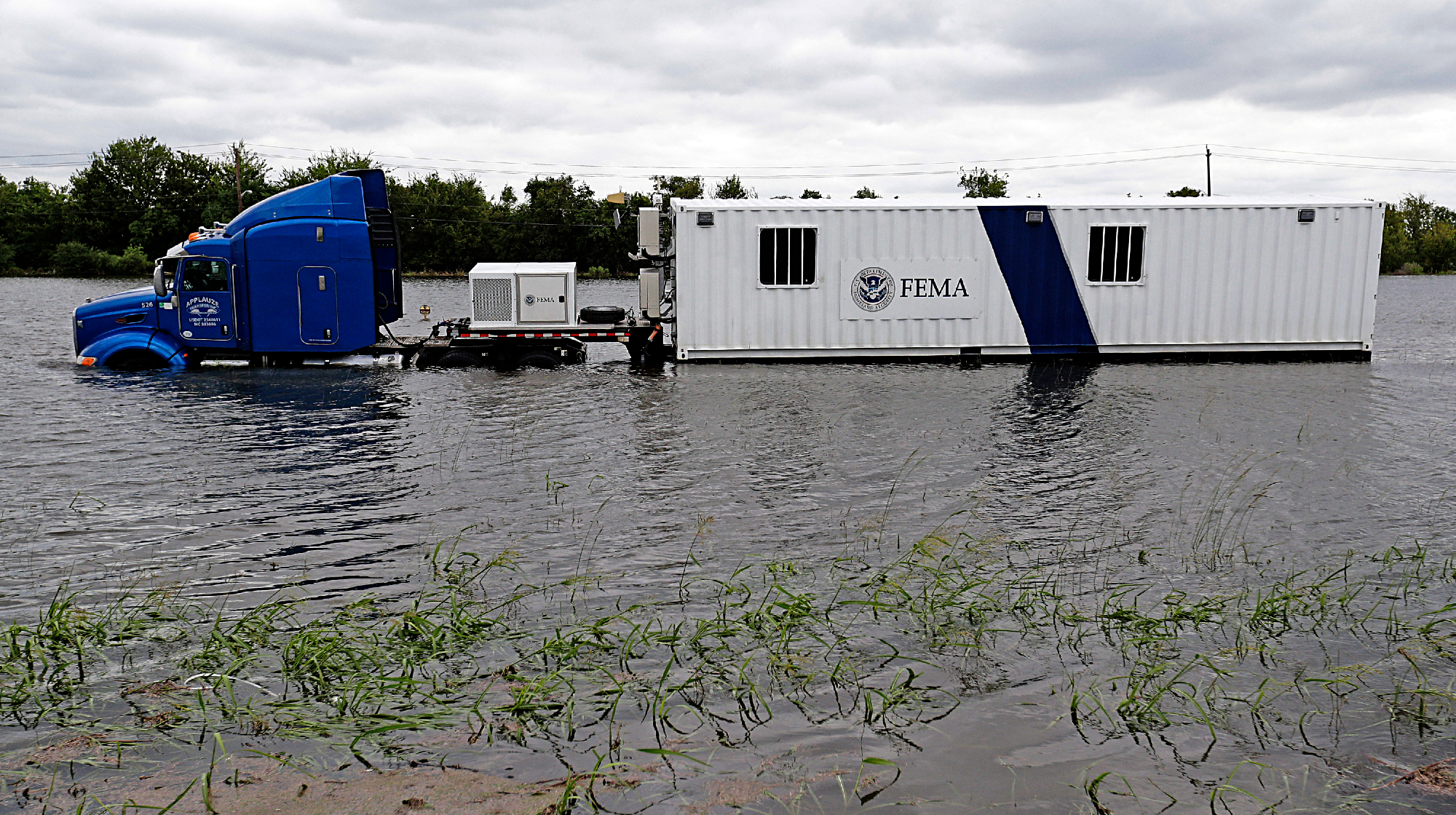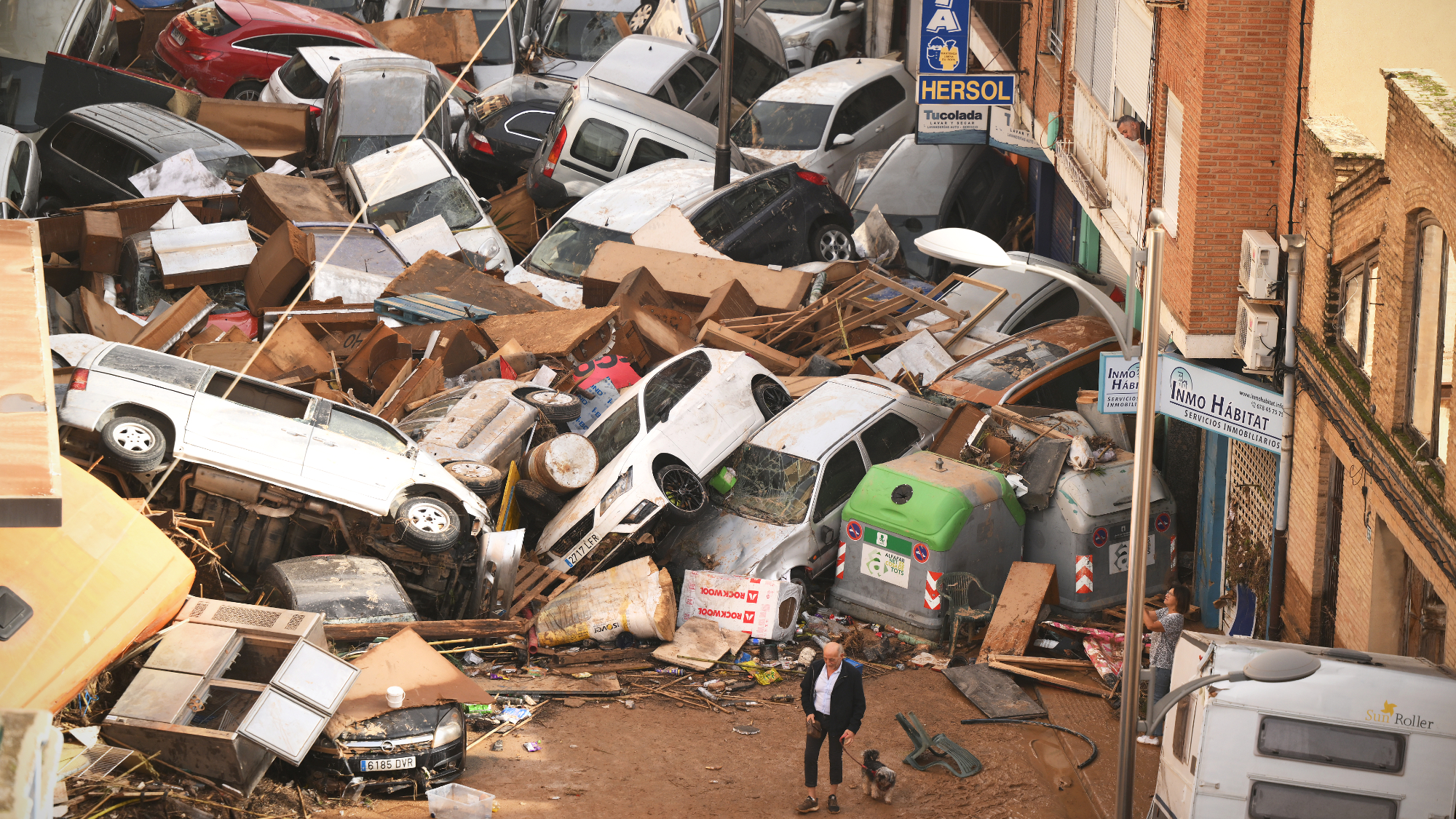Total flood protection is a myth: we must learn to live with it
The trouble with building flood defences is that it encourages risky development, says Keith Beven

FLOODS HAPPEN. Rivers have always inundated their floodplains and the sea has always tried to reclaim land that has been taken from it.
This is certainly true in Somerset, whose name derives from the Old English word for “land of the summer people”; so called because it was too wet in winter. In 1607 a major storm caused floods that killed about 2,000 people and swept away whole villages in Somerset and down the Bristol Channel. This was probably the greatest ever loss of life from British weather.
In the great flood of 1872, more than 100 square miles of land were flooded between October and the following March, and again in 1919. So while this month’s rainfall figures record that parts of England have had the wettest January on record, in the south-west it is only the fifth wettest. However, the previous winter of 2012-2103 also saw parts of the Somerset Levels similarly underwater for more than 100 days.
The Week
Escape your echo chamber. Get the facts behind the news, plus analysis from multiple perspectives.

Sign up for The Week's Free Newsletters
From our morning news briefing to a weekly Good News Newsletter, get the best of The Week delivered directly to your inbox.
From our morning news briefing to a weekly Good News Newsletter, get the best of The Week delivered directly to your inbox.
So the floodwaters are not unprecedented – and this raises two questions: could the damage have been reduced and can we expect more frequent flooding in the future? Undoubtedly damage can be reduced, but at a cost – politically and financially. For example, the standards of coastal and river flood defences in the Netherlands are much higher,and much more costly. With much of the population living below sea level, the reasons for this willingness to spend so much to avoid catastrophic damages is readily apparent. When flood defences failed during the great storm of 1953 it led to 350 deaths in Britain, and 1,800 in the Netherlands.
During the storms in December 2013, the highest storm surge since 1953, there were 26 breaches of the sea defences in East Anglia. But forward warning saw timely evacuations, properties protected and the Thames Barrier raised to counter the highest water level since it was built. Because there had been the will to protect and money to do so, nobody died. How much are we prepared to spend now, especially if as climate models suggest flooding will increase in the future?
Flood protection in London is much higher, justified by the huge cost were central London to be flooded. But protection is not total, and defences could be overcome by a sufficiently strong flood, albeit rare. While this indicates how flooding can be devastating even without causing deaths, the investment in flood defences must be warranted, particularly if losses can be met by insurance. The balance that must be made depends on our estimates of risk, probability and damages, and each is uncertain since we have barely 100 years of data on which to base our estimates, and often much less. Models of the impacts of future change cannot yet provide robust estimates of how flood frequencies might be changing.
The flood that gets through
A free daily email with the biggest news stories of the day – and the best features from TheWeek.com
In a sense it does not matter, because floods happen anyway. There were major floods on the Thames and Severn in 1924, 1947 and 1960, and in 2000, 2007 and 2013. The decision that needs to be made is how far people living in flood-risk areas should expect to be protected.
Low-lying areas at risk were avoided as sites for permanent habitation in the past. Flood plains were left as water meadows, and crops were planted in spring time to avoid winter flooding. With nothing to be damaged, the impact was minor. In 1954, the UK’s record highest annual rainfall was recorded at Sprinkling Tarn in the Lake District. The total that year was over 6,500 mm, the equivalent of 21 Cockermouth floods falling in a single year. Yet a trawl through the Cumberland and Westmoreland Gazette for 1954 reveals discussion of the fact that it did not stop raining, but little in the way of reports of damages – because there was little on the flood plains to be damaged.
Flood defences change that approach, bringing an unwarranted air of invincibility. Defences lower the risk of damage from moderate flooding, but this year, or the next, or within 10 years, at some point a flood that exceeds their capacity will arrive. The aim should be to reduce the impact of a flood when it does happen by limiting the amount of people and property at risk behind the defences. Instead, building defences tends to encourage development behind the embankments or walls. In this way, even if overtopping floods occur rarely, the damages from those that do occur rapidly increase, even with major investment in flood defences.
Damage is inevitable, try to reduce it
Where’s the sense in spending more on defences if the damages will increase in the long term anyway? The most fundamental question is why society as a whole should pay to protect the one in six households in flood risk areas, many built in the last decade, and some such as at Kendal in Cumbria and Ruthin in Wales flooded within months of their occupants moving in. Under the government’s new flood insurance plans, from 2015 all household insurance policy holders will pay a levy to do so, alongside hundreds of millions of pounds allocated every year to flood management from taxation.
Since the floods in 2000 there has in fact been a policy shift towards mitigating damage rather than trying to build hard defences aimed at protection. Strategies that provide storage for flood waters in areas where damage will be minimised, land management to reduce runoff, restoration of natural river channels, and sustainable urban drainage schemes are being implemented as ways of coping with the impact of a risk that cannot be entirely eliminated.
These are more “natural” ways of dealing with excess water, but may leave some properties and land less well protected or dependent on costly flood proofing. Perhaps if people who wish to live in flood risk areas were required to install flood proofing measures before moving in, it might focus attention to the areas' vulnerability.
The future for Somerset
The emabattled Environment Agency has been accused of neglecting drainage and defences in the Somerset Levels for years, and it does seem that this rural area has not been a priority for expenditure – something exacerbated by the current budget cuts. Without a sudden change in priorities, this government will have cut channel maintenance spending by 45% by 2015. Groups such as the Floods on the Levels Action Group and National Farmers Union have suggested that such cuts represent a false economy when the costs of emergency pumping, disruption to the local population, and need to produce food are taken into account.
Results of studies commissioned by the Environment Agency after the 2012 winter floods, presented in an open letter by the Somerset Drainage Board, suggest that dredging would have significantly reduced the period of flooding in parts of the levels from months to days (although having seen only results I cannot comment on the assumptions made). But dredging is not always the right solution, and in some places might increase the risk to bridges or to areas downstream, and can allow the tides to move faster and reach further upstream, backing up flood waters in the rivers. This was one reason why London’s flood defences have had to be raised in the 20th century following dredging in the Thames estuary.
Nevertheless, the government has promised the Somerset rivers will be dredged as soon as possible. Just as the flood defences in Carlisle were redesigned after the floods in 2005, this must be considered a political decision in response to the misery of those affected – and the resulting media coverage. After all, when flood defences succeed it’s not nearly so newsworthy as when they fail.
But more spending on protection still poses the question as to whether this will lead to more flood plain development and more potential damage in the future. It does not appear as if we are managing the potential for future flooding that well, particularly in communicating to people in flood risk areas that they cannot be completely protected and that – even with flood defences in place – they should expect floodwaters, and prepare for them.
Keith Beven is a Professor at Lancaster University and is a Distinguished Professor in the Lancaster Environment Centre.This article was originally published on The Conversation.
-
 Political cartoons for December 14
Political cartoons for December 14Cartoons Sunday's political cartoons include a new White House flag, Venezuela negotiations, and more
-
 Heavenly spectacle in the wilds of Canada
Heavenly spectacle in the wilds of CanadaThe Week Recommends ‘Mind-bending’ outpost for spotting animals – and the northern lights
-
 Facial recognition: a revolution in policing
Facial recognition: a revolution in policingTalking Point All 43 police forces in England and Wales are set to be granted access, with those against calling for increasing safeguards on the technology
-
 Death toll from Southeast Asia storms tops 1,000
Death toll from Southeast Asia storms tops 1,000speed read Catastrophic floods and landslides have struck Sri Lanka, Indonesia, Thailand and Malaysia
-
 Cloudbursts: what are the 'rain bombs' hitting India and Pakistan?
Cloudbursts: what are the 'rain bombs' hitting India and Pakistan?The Explainer The sudden and intense weather event is almost impossible to forecast and often leads to deadly flash-flooding and landslides
-
 FEMA Urban Search and Rescue chief resigns
FEMA Urban Search and Rescue chief resignsSpeed Read Ken Pagurek has left the organization, citing 'chaos'
-
 Why are flash floods in Texas so deadly?
Why are flash floods in Texas so deadly?Today's Big Question Over 100 people, including 27 girls at a summer camp, died in recent flooding
-
 Search for survivors continues after Texas floods
Search for survivors continues after Texas floodsSpeed Read A total of 82 people are confirmed dead, including 28 children
-
 Parts of California are sinking and affecting sea level
Parts of California are sinking and affecting sea levelUnder the radar Climate change is bringing the land to the sea
-
 What are Trump's plans for the climate?
What are Trump's plans for the climate?Today's big question Trump's America may be a lot less green
-
 At least 95 dead in Spain flash floods
At least 95 dead in Spain flash floodsSpeed Read Torrential rainfall caused the country's worst flooding since 1996
